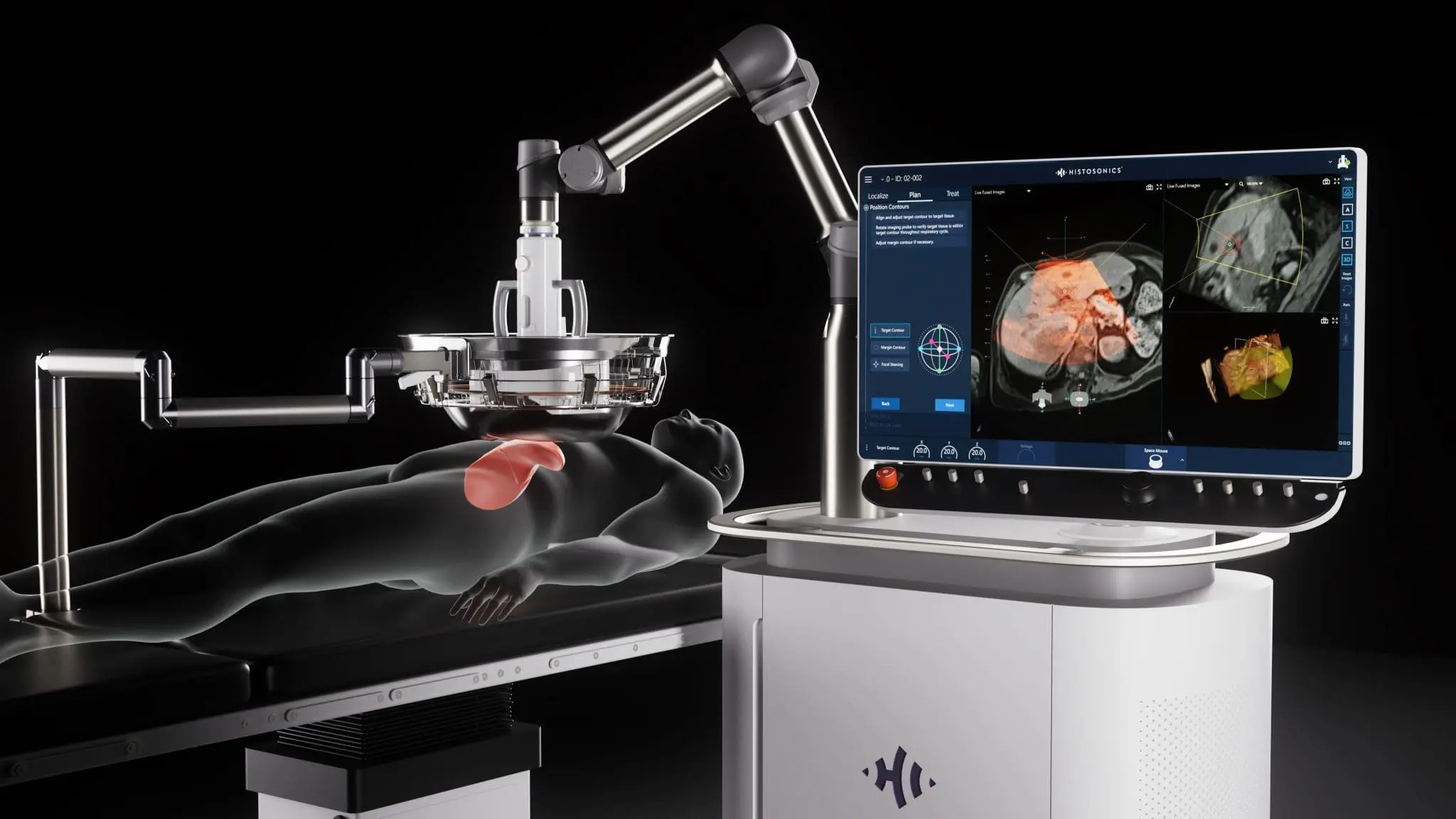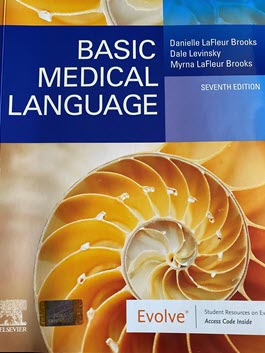
What is histotripsy and how does it work?
Histotripsy is a new technology approved by the Food and Drug Administration (FDA) in 2023 for the treatment of liver tumors.
It is a cutting-edge, non-invasive treatment that utilizes a robotic machine to target and destroy cancerous liver tumors with sound waves. This precise method synchronizes powerful sound waves to create numerous tiny bubbles within the cancerous tumor, which then burst, causing the targeted tissue to disintegrate.
The immune system then steps in to naturally eliminate the waste tissue. The use of histotripsy for liver cancer treatment eliminates the need for scalpels or invasive procedures, thereby reducing recovery times. Furthermore, it spares patients from enduring the long, physically taxing treatments of chemotherapy and radiation.
Histotripsy has shown a high success rate in clinical trials, particularly for treating liver tumors. Recent studies have reported a success rate of around 85-95%.
What’s the difference between lithotripsy and histotripsy?
Both utilize focused energy to target a specific area, so they are somewhat related. But histotripsy uses ultrasound energy to destroy liver tumors, while lithotripsy uses shock waves to shatter kidney stones.
The suffix “-tripsy” means “crushing.” The word root “lith” means “stone,” while “hist” means “tissue.”
The term “histotripsy” was coined in the early 2000s by researchers at the University of Michigan, specifically within the departments of biomedical engineering and urology.
What are the key takeaways?
- Uses focused ultrasound energy to destroy tumor tissue
- Currently approved only for treating liver cancers
- Promising technology with potential applications beyond its current use
- Emerging medical term in medical literature and in the medical field
YouTube Videos
Histotripsy: Ultrasound cancer treatment approved by the FDA
Histotripsy: What is it and how does it work?
Myrna LaFluer Brooks is coauthor of Exploring Medical Language and Basic Medical Language.
References






